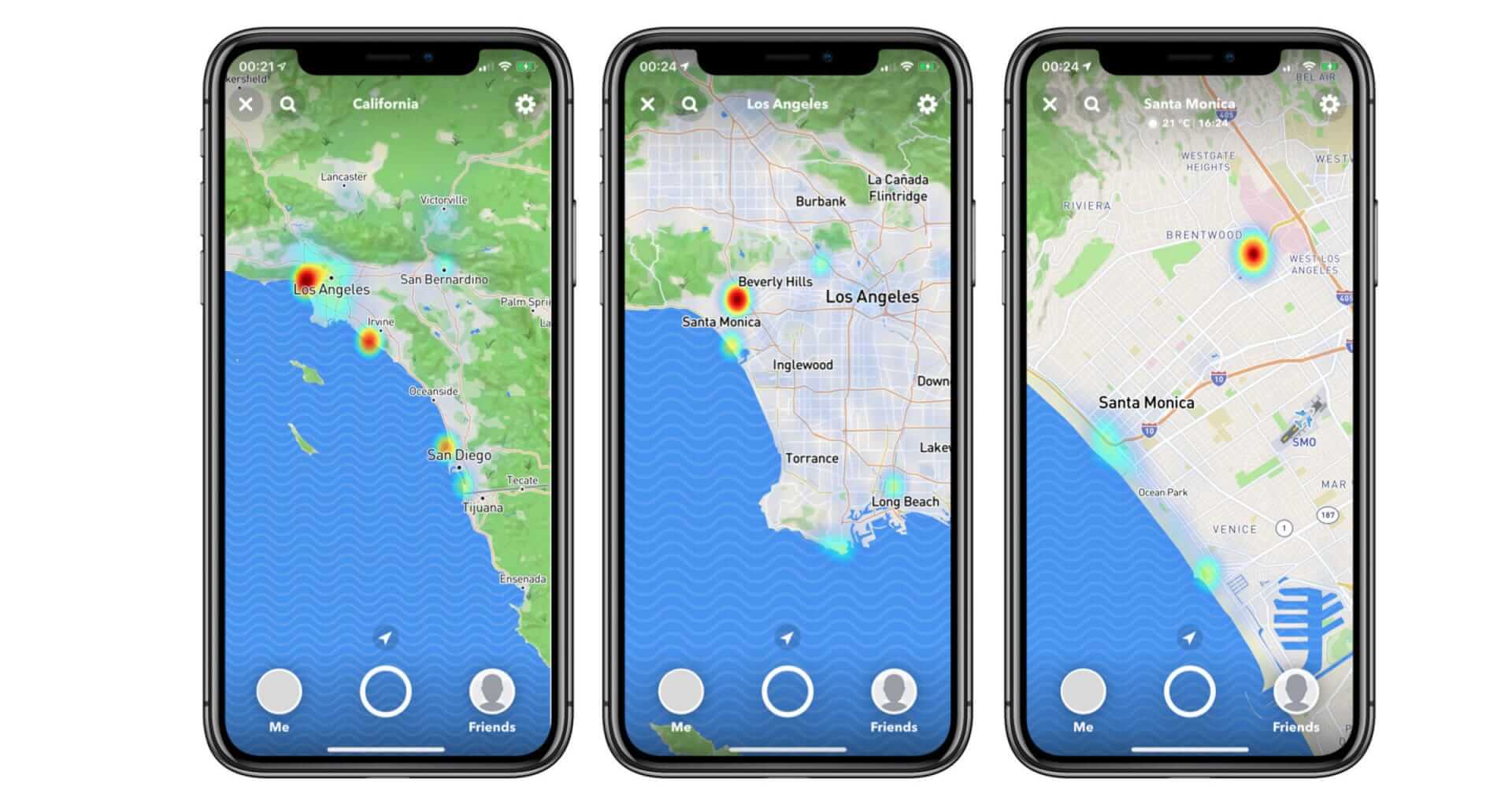
We are seven months into a global pandemic that has shocked, impacted, and changed every aspect of our cities. But what have we learned from it? Let’s explore three valuable lessons cities can learn from the COVID-19 pandemic, with some examples from around the world and thoughts on what cities might do next.
Collaboration, Better Use of Data and Agility: 3 Lessons cities are learning from the #COVID19 pandemic. Click To TweetLesson #1: Collaboration is Key to Success
When the pandemic hit, cities found themselves wearing many hats. As large employers, they had to manage thousands of staff moving to remote working. As public bodies, they had a responsibility for the health and wellbeing of the citizens and a central location to manage communication of government advice.
It didn’t take long for cities to realize that collaboration was going to be a key success in overcoming the many new challenges they faced. When public health was on the line, local authorities moved quickly to collaborate with technology providers and other public sector agencies to ensure a swift response. The time pressure of a pandemic encouraged many to adapt, and the openness to share knowledge amongst peers increased significantly.
Similarly, the pandemic was a catalyst for collaboration at our City Innovators Forum. More than 40 cities partook in knowledge-sharing conversations over Whatsapp and Zoom calls. All united and focused in an effort to help their cities, participants openly discussed their plans, concerns, and learnings on pressing topics such as testing, contact tracing, connectivity options for the under-connected and remote working, PPE supplies, and more. They talked, they shared, and they learned from each other!
The cross-city collaboration seen in the City Innovators Forum, and other forums such as UrbanLeague by UrbanLeap and GovLab, indicated a willingness to share knowledge in a way that had not been seen before. The honesty and regularity and informal setting (no conference rooms, no meeting spaces, just Whatsapp & Zoom) with which information was shared made for a genuinely beneficial engagement for all.
This raises some questions. Will cities be as open to sharing when the pressure eases? Can they create the structures and mechanisms that enable CIOs/CTOs of cities to share honest insights on such a regular basis? Will this scenario encourage cities to share more when things go back to normal? Can they, and will they, keep it up?
Lesson #2: A Need to Optimize the Use of Data for the Greater Good
Data has always been a key component of innovative and smart cities. However, its usage for tracking is a constant source of concern, controversy, and distrust for citizens.
The COVID-19 pandemic has encouraged many stakeholders to rethink how they collect and analyze data. The promise of widely used contact tracing apps is likely the most high profile instance of a drive to use big data in a new way – for the greater good. Ireland’s contact tracing app – the most successful in terms of downloads per capita in Europe – has accelerated the deployment of such apps by publicly sharing their source code to encourage the development of apps using the same privacy by design principles.
It became clear that the same technologies that bring us together can also be used to keep us apart. Where cities may have used WiFi analytics to identify movement patterns and density, this can now be used to identify crowding and a breach of social distancing guidance.
Could we take this one step further and learn from popular platforms such as Snapchat? Their ‘SnapMap’ function is used widely by teenagers around the world to see where friends are located and highlight areas of activity in cities, but could we use this similar style heat mapping to warn people in advance that there are crowded areas in cities?

Lesson#3: Cities Can be Agile and Adaptable
It is not often you see ‘adaptable’ and ‘city’ in the same sentence. Traditionally local authorities are slow-moving and have low willingness to change and a mentality of ‘that’s the way it has always been done.’ However, when an organization is forced to move an entire workforce to remote working in just a couple of weeks and rethink transport across the city, priorities change quickly.
The move to remote working was the first in a long line of significant changes made in cities. In recent weeks, many cities have used the opportunity of empty streets to increase the cycling infrastructure drastically. A change that has been threatening in past years, cyclists and pedestrians will be prioritized through shared space to avoid crowded public transportation.
In cities across the UK & Ireland, sidewalks have been widened to offer more space for physical distancing, often removing parking spaces and loading bays.

Collaboration, better use of data, and adaptability are three positives emerging from cities affected by COVID-19. But will the trends last?
When borders open and flights resume, cities will need to help each other by collaborating, committing to being agile and sharing data to ensure a safe recovery. Hopefully, when things get back to normal, these new trends will remain, and we will see an acceleration of innovation in our cities.
